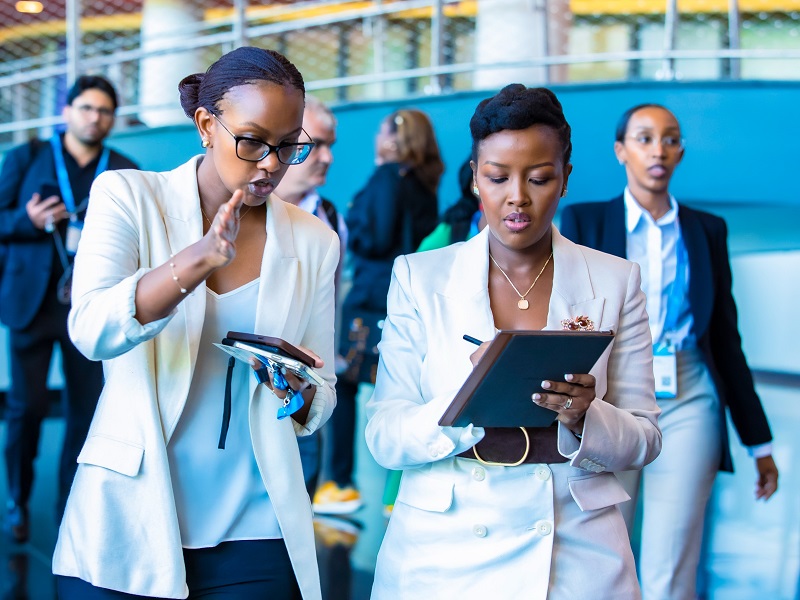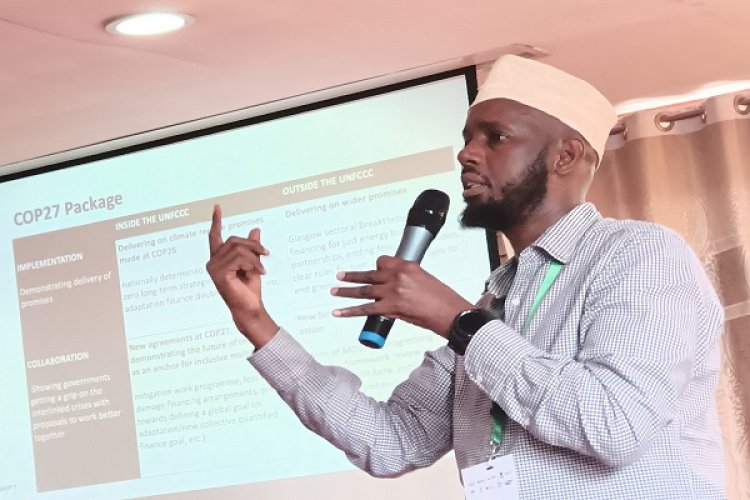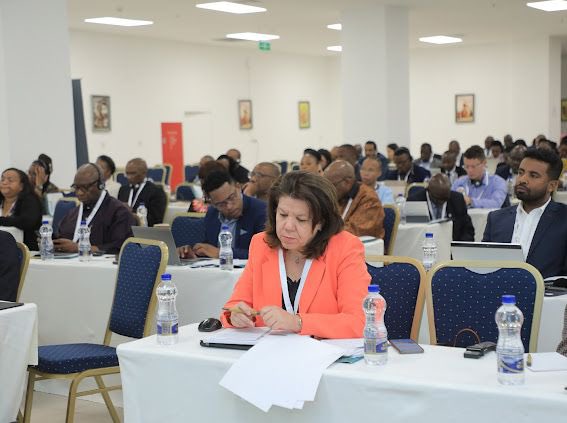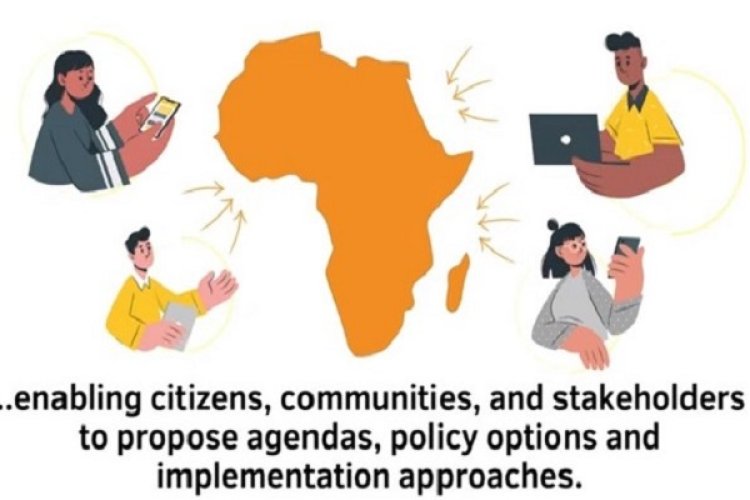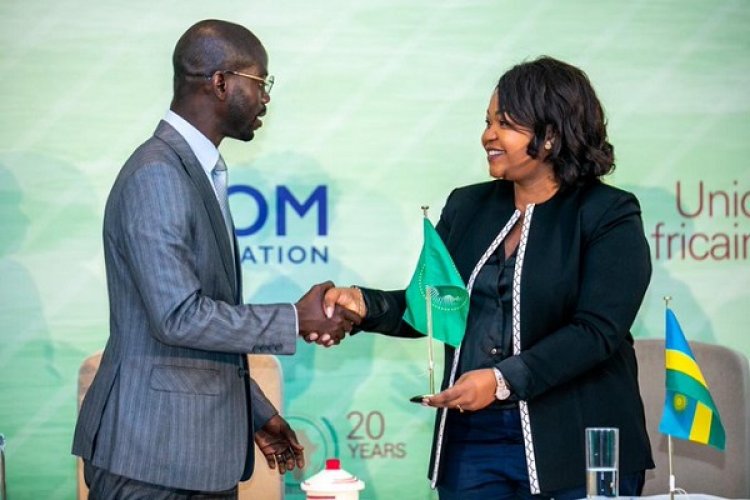African governments face a long road ahead to ensure digital inclusion of millions of vulnerable people namely women, youth, refugees and people with disabilities either unconnected or without skills and means to access the internet and digital tools in an increasingly digitalized market.
Heavy investments in the digital connectivity infrastructure which expanded the broadband coverage, enabling key sectors of the economy to go digital are yet to work in favour of more than 43 per cent (3.4 billion people) of global population, according to the latest report by GSMA, a global mobile phone operator lobby group.
Sub-Saharan Africa accounts for majority of this digital divide.
With advent of key new technologies like Artificial Intelligence (AI) and as African countries race to catch up with the rest of the world, this divide could exacerbate inequalities on the continent, according to experts attending the Mobile World Congress (MWC) that kicked off in Kigali Tuesday.
“When you talk about the inclusion agenda in the digital realm, and when we say we are leaving no one behind, we have to pay very particular attention to those people where it’s very easy to leave them behind, whether it’s the women, girls, people with disabilities, the refugees, and this will call for innovative ways and partnerships that cater for the various needs of these categories,” said Paula Ingabire, Rwanda’s Minister of ICT and Innovation.
Also read: Costs, connectivity and illiteracy hold back Africa digital economy potential – REPORT
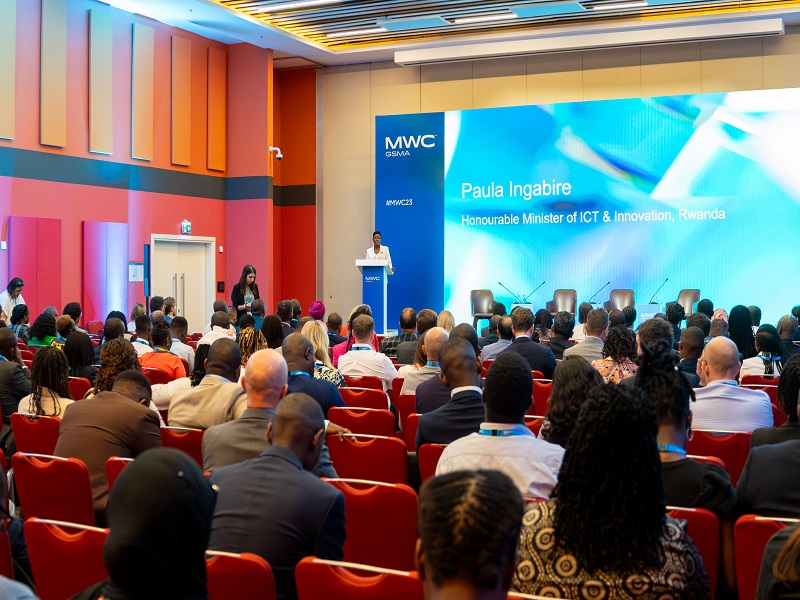
Ms. Ingabire spoke at length about issues pertaining to the digital inclusion suggesting that the intentionality in how governments and other actors design programs that are going to be specific to each of the affected categories is important.
“We are never going to find a one-size-fits-all solution of closing the gaps for different groups,” she said.
Those affected are women, youth, and other disadvantaged groups who are unconnected mainly because they find the cost of data and basic smartphones way beyond their purchasing power (research data suggest it cost over 95 per cent of their monthly income, in most instances), as well as digital illiteracy.
We are never going to find a one-size-fits-all solution of closing the usage gaps for different groups
Paula Ingabire, Minister of ICT and Innovations, Rwanda
Regions of Africa also grapple with high levels of digital illiteracy, implying that even if the people get access to smartphones and other digital tools, a big section struggles to meaningfully use them to create opportunities that transform their lives beyond just making calls and sending messages.
This also means that as government services and those by private service providers increasingly move online, a big section of the population is not able to self-serve or have to seek support of a third party or an agent to help with access at a cost.
To these barriers adds the content issue. It has emerged that content providers fail to meet the needs of millions on the continent as they use languages that majority of people don’t understand and without local context, thereby hindering adoption and further exacerbating the usage gap.
Actors in the telecommunication sector are of the view that interventions will need to prioritise investments and forging partnerships in ways that address all the drivers of the usage gap at the same time.
Fawzia Ali-Kimanthi, chief consumer business officer at Safaricom Kenya, for instance, indicates that bringing down the cost of devices could call for tax waivers on the side of government, spurring local manufacturing and well designed device financing schemes that allow people to pay in installments, among others things.
“We keep saying the future is digital and yet the numbers are quite scary. Imagine two thirds of people in Africa who have never seen the opportunities that the modern life offers through access to the internet (…) what we’ve seen that works very well is working in partnerships with government and partners who are able to offer these solutions to bring the cost of devices down,” she says.
Also read: The not so visible barriers to trade and why we are not e-buying
Device affordability, ownership and digital literacy are two things that must go hand in hand, experts say, then further interventions could go towards pushing the right training materials, right content and easy to build user-friendly services and products which can help close usage gaps.
Data of the report on state of mobile internet connectivity released last week by GSMA indicate there were 30 million new mobile internet users in Sub-Saharan Africa last year, but only a quarter are connected.
About 15 per cent of these would be mobile internet users don’t live in areas covered by mobile broadband, while another 59 per cent live in areas covered by mobile broadband, but are unable to use it because of cost constraints and a wide range of barriers.

